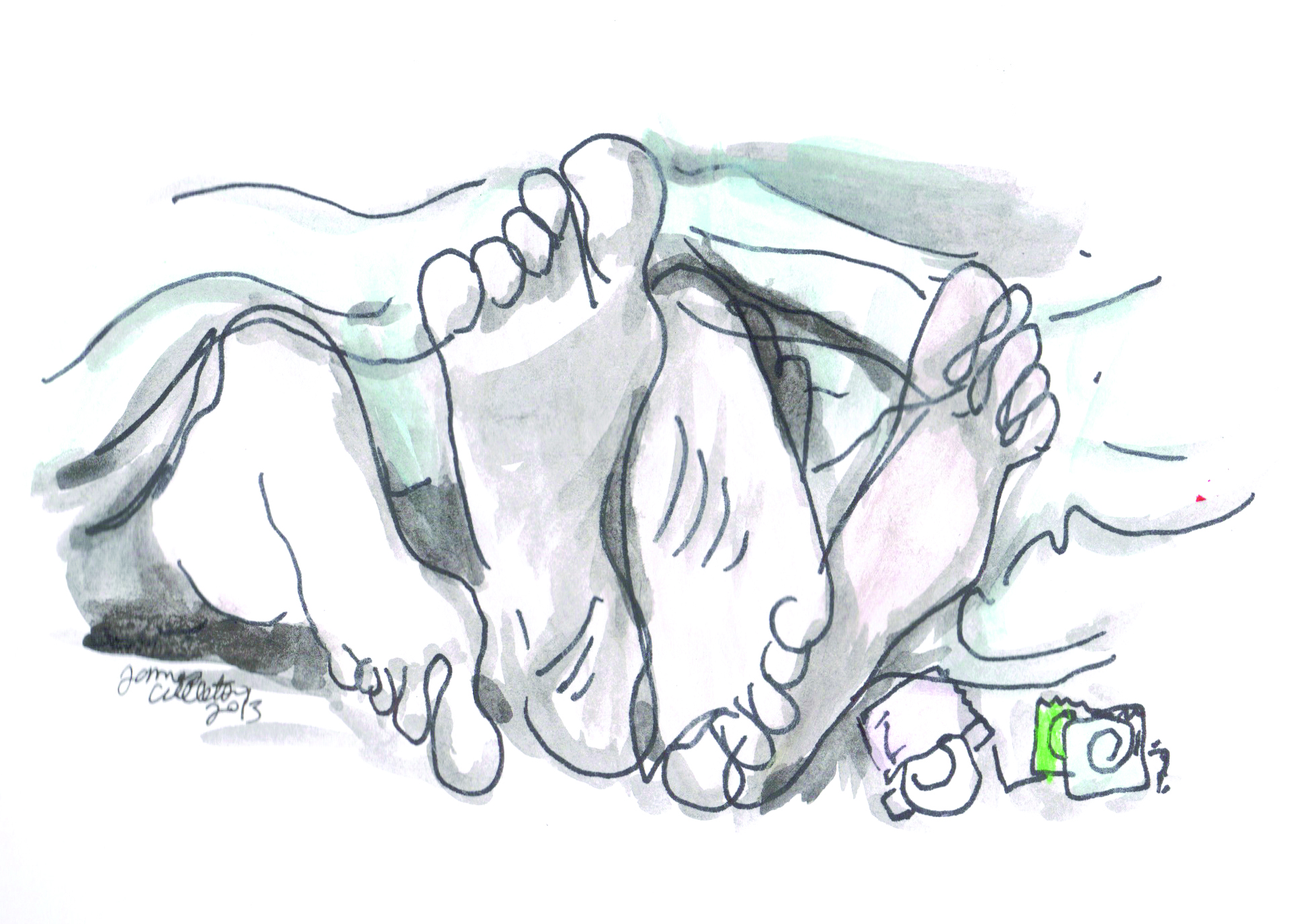A team from the University of Manitoba was one of the four teams awarded $25,000 from the $100,000 Go Green Challenge, a competition funded by the TD Friends of the Environment foundation (TDFEF), a national organization formed by TD Bank and Financial Group.
The purpose of the competition is to induce change, said Aurora Bonin, regional manager for the TDFEF, explaining how post-secondary students are a source of new ideas, innovations and energy when it comes to green initiatives.
“We’ve identified [students] as a group that could really lead this change for us, so we’re just offering the incentive and getting the conversations started at a grass-roots level,” said Bonin.
When asked whether or not this was TD Canada trying to create a greener image for itself, Bonin responded, “We’ve been around since before it was cool to be green,” explaining how the TDFEF has been around for 20 years and has funded over 18,000 projects for over $50 million distributed in total.
She also explained that TD Bank and Financial group is the first bank in Canada to become carbon neutral.
The University of British Columbia, Université de Sherbrooke and the University of Western Ontario were also winners in the challenge. In total, 124 teams from 45 post-secondary institutions participated in the competition.
Aileen Zubriski and Kathryn Voroney, two masters students in Landscape Architecture at the U of M, made up the winning team for their proposal, titled “Uncovering Water: Exposing the Storm Water System Through Sustainable Design.”
The proposal consisted of using bio-retention filters, green roofs and permeable paving to reduce the amount of runoff water that flows into the city’s sewer systems — stopping raw sewage from entering the Red River every time the system tops out and overflows, which happens an average of 18 times per summer.
Zubriski told the Manitoban that winning the competition was “encouraging [as] people are willing to listen to what we have to say and feel that its an important issue.”
“It’s fantastic that we’re encouraged to take this further.”
When asked about the importance of the project, Zubriski explained that it could reduce nutrient overloads that occur when raw sewage comes in contact with the river, stopping oxygen depletion that threatens wildlife and vegetation.
Elizabeth May, leader of the federal Green Party explained that getting Canada’s youth involved with the green movement early is important, but said the best way to encourage environmental change is to participate in the democratic process, something Canadian youth have not been doing.
“My first concern is the state of Canadian democracy, and the fact that so few youth are voting is very worrying [ . . . ],”said May.
“I would say — in the same breath that I say reduce your carbon footprint — expand your political footprint.”
She continued, “The impact that we each have as individuals [and] as citizens is much more than the average person knows.”
This is the second time the U of M has been a winner in the TDFEF’s $100,000 Go Green Challenge.




